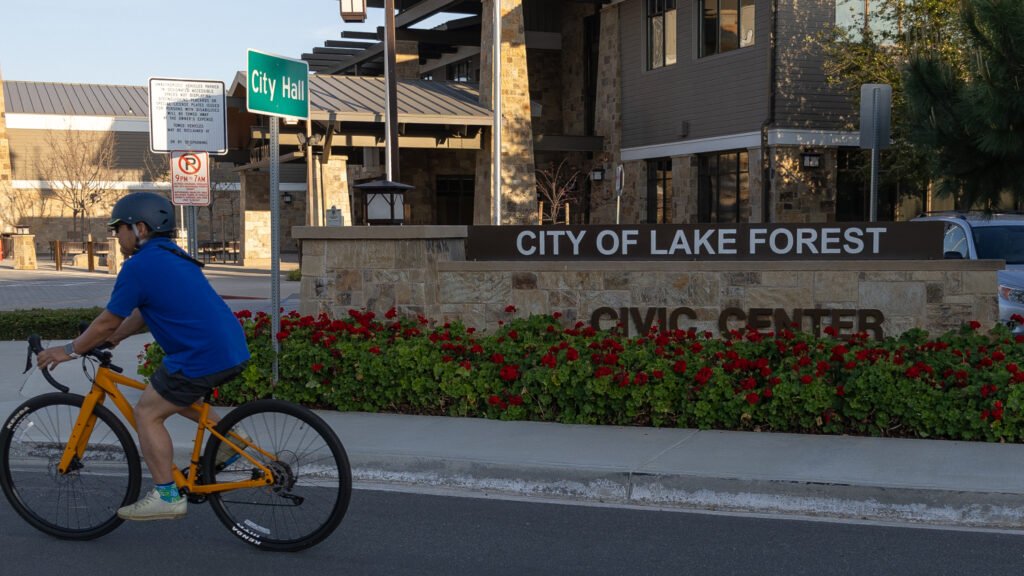Lake Forest Approves El Toro Road Improvements, Street Widening
As the sun dipped below the horizon, casting a golden hue over Lake Forest, the rhythmic hum of vehicles filled the air, underscoring the daily hustle of residents navigating the city’s corridors. Yet, this familiar sound of life carried a subtle undercurrent of frustration; a growing chorus of complaints about traffic congestion on El Toro Road had become impossible to ignore. This week, the city council took a significant step towards alleviating these concerns by approving a series of road improvements aimed at enhancing traffic flow and safety—with an estimated budget of nearly $10 million.
Strategic Improvements Designed for Safety and Aesthetics
The approved projects will address critical areas on El Toro Road, particularly near the intersection with Jeronimo Road and the connecting Trabuco Road. City officials outlined three key improvements: the widening of Jeronimo Road, median enhancements along El Toro Road, and modifications near El Toro High School on Trabuco Road. The project aims not just to ease commutes but also to enhance the visual landscape of the city.
“These improvements will transform the traffic dynamics of this area,” stated Principal Civil Engineer Joe Claudio during the council meeting. “By realigning lanes and adding dedicated left-turn lanes, we’re setting up an environment that prioritizes safety.”
Widening and Realignment: A Remedy for Congealed Congestion
The Jeronimo Road widening project is designed to rectify persistent misalignments that have confused motorists for years. Expected to cost approximately $9.3 million, this initiative is part of a larger effort financed by the Foothill Circulation Phasing Plan—originally set forth in 1987 to curb traffic disruptions in Orange County’s foothills.
- Enhanced lane widths for improved traffic flow
- Dedicated left-turn lanes to minimize vehicular conflicts
- A landscaped median featuring trees and shrubs to improve aesthetics and calm drivers
“Safety studies indicate that dedicated turn lanes can reduce accident rates by up to 30% in high-traffic zones,” noted Dr. Lisa Trent, a transportation safety expert at the University of California, Irvine. “This project’s focus on redirecting flow is a prudent move.” Even with the estimated project costs reaching $9.7 million, funding is largely sourced from developer fees, a strategic financial plan for a growing community.
Contributions to Urban Beauty: The Landscape Matters
Beyond traffic efficiency, these developments are also aimed at beautifying the urban environment. Mayor Scott Voigts emphasized this dual purpose during the meeting: “We find that a well-landscaped median not only contributes to safety but also helps create a calming atmosphere for our residents and visitors.” The introduction of vegetation is intended to transform El Toro Road into not just a thoroughfare but an inviting corridor.
Addressing the Future of Transportation in Lake Forest
Beyond these immediate projects, city planners are also looking ahead. The remaining segments of the Foothill Circulation Phasing Plan include further strategic improvements such as widening Los Alisos Boulevard and Muirlands Boulevard. The anticipated outcomes are clear—reduced congestion, enhanced safety, and a more inviting aesthetic.
According to a report presented at the recent city council meeting, public infrastructure improvements have a ripple effect. “Investment in urban roadways has been linked to increased property values and greater community satisfaction,” shared Dr. Samuel Choi, an urban planning researcher. “This is especially pertinent for a community like Lake Forest, where residential growth is a priority.”
While actual construction dates are still pending, city officials have indicated that, once underway, the projects are expected to conclude within 150 days. This would mark a new chapter for Lake Forest—a city poised to adapt to both present demands and future growth.
As residents prepare for a smoother journey through their city, the anticipation surrounding these developments speaks to a broader movement in urban planning. Local leaders, driven by community feedback and contemporary research, are increasingly recognizing the imperative of safe and aesthetically pleasing roadways. The improvements at El Toro Road may soon lay the groundwork not just for better traffic flow, but for a community ethos that values safety and beauty in equal measure.





